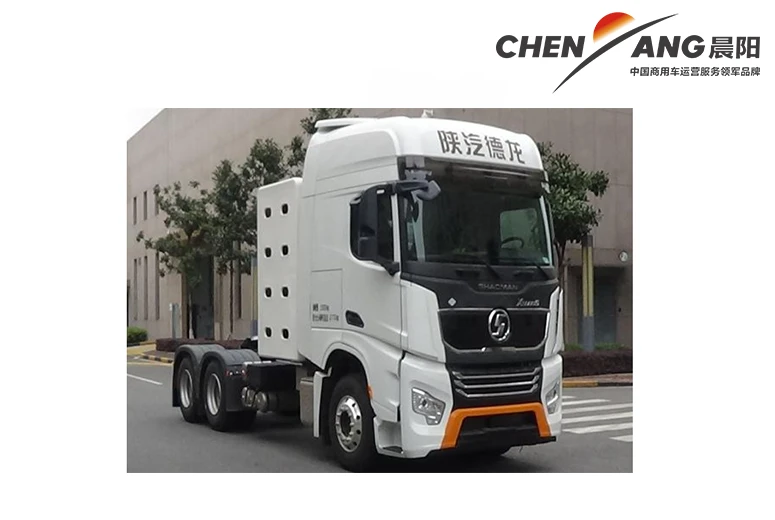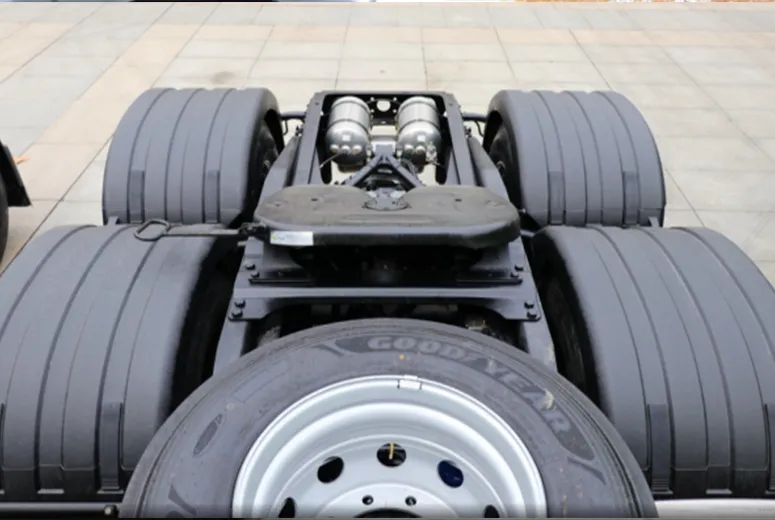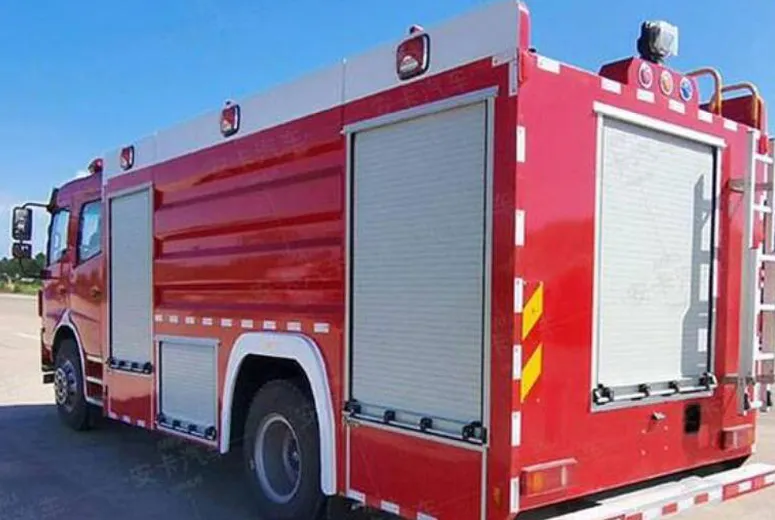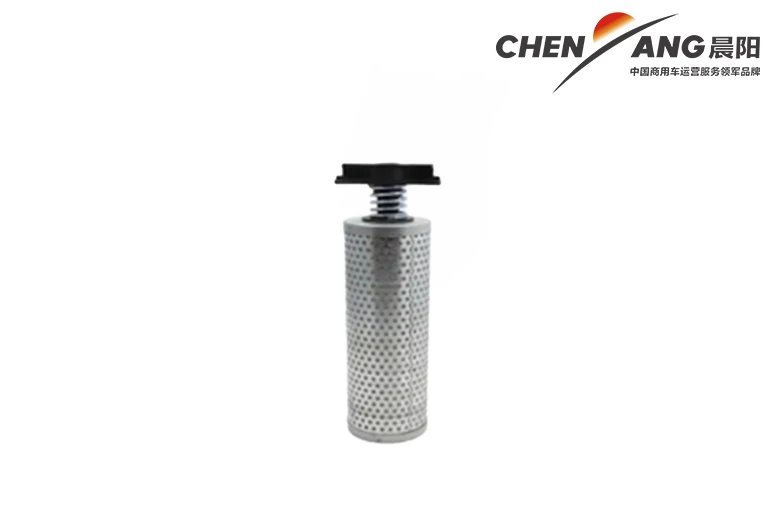5. Safety Valves These valves automatically release pressure to prevent system overload. In scenarios of excessive pressure buildup, safety valves are vital in averting catastrophic failures.









